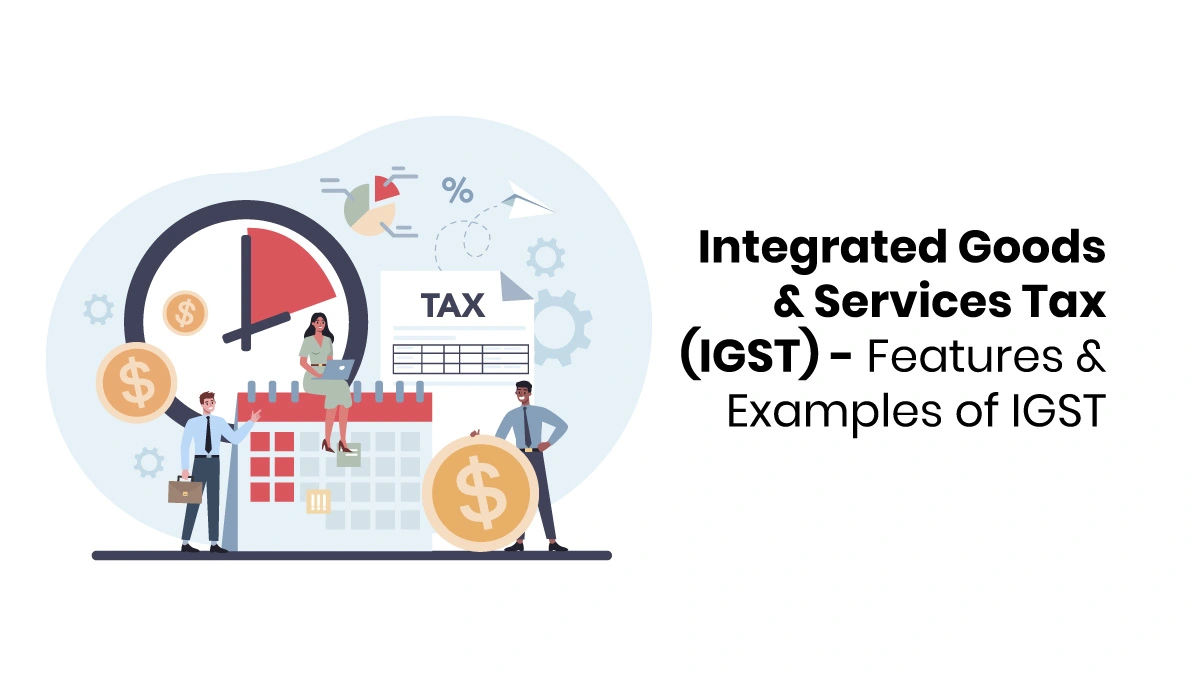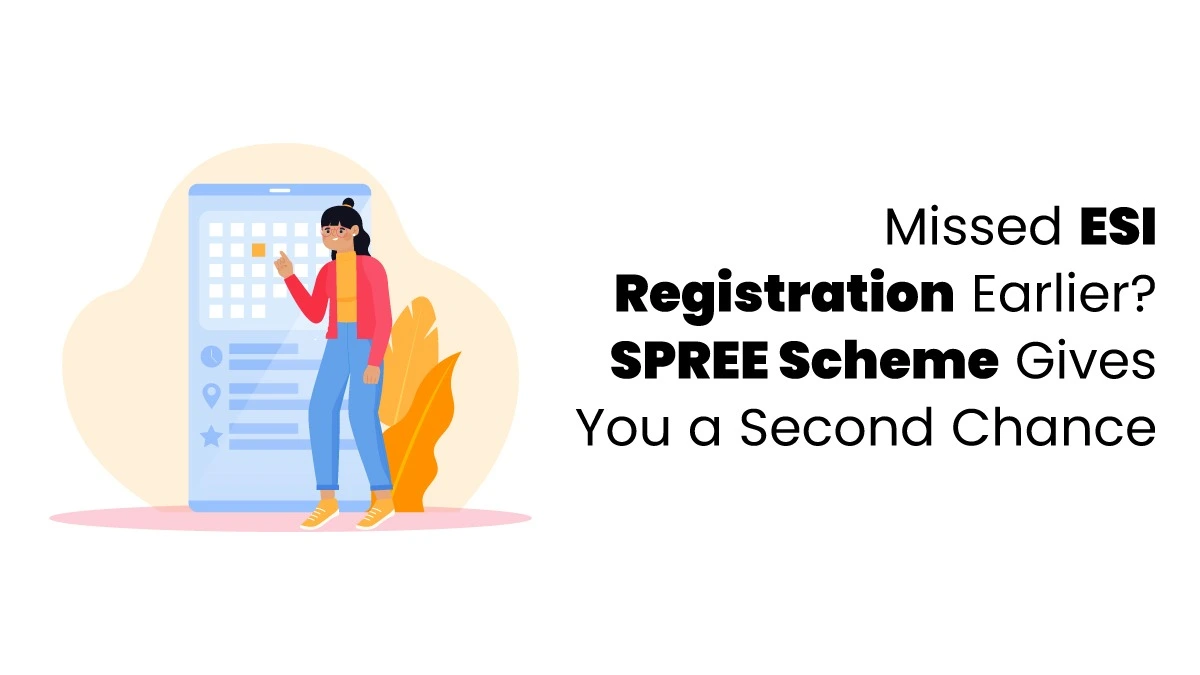Business growth doesn’t happen through chance; it requires intentional, data-based actions on information and a strategic plan. KPIs are metrics that help determine if the company is making progress or not. They provide vital information about the company, like the financial performance, customer satisfaction, operational efficiency, and the productivity of employees. Without them, businesses may make decisions based on incorrect information, which leads to the wasting of resources and missed growth opportunities. In this blog, we will explore KPIs and their types, some important financial KPIs, and more.
What are Key Performance Indicators (KPIs)?
KPIs are metrics that are used for measuring the extent to which businesses are achieving their goals. They help companies to achieve higher goals, such as increasing sales or improving customer satisfaction, in numbers that can be tracked. For example, increasing sales per month by 15%, as opposed to simply declaring “we need to increase our sales,” provides a feasible target to work toward.
They help all the departments, such as sales, finance, marketing operations, HR, and HR, to know what should bring them success and meet their goals. This can help to ensure that no resources are wasted and establish the vision to unify all the departments.
Types of Key Performance Indicators
Businesses typically use four KPIs to track various aspects of performance:
1. Financial KPIs
These KPIs are key to gauge a business’s financial health, which is used to track profit, sustainability, and growth to show whether your strategies are succeeding or failing.
Examples of Financial KPIs include:
- Net Profit Margin (NPM) helps to measure the percentage of revenue remaining after expenses have been deducted.
- Return on investment is used to measure the effectiveness of investments.
- Cash Flow is used for measuring how quickly money enters or exits a business.
2. Customer KPIs
These are used to measure customer acquisition, retention, and satisfaction to measure how effectively businesses meet customer needs.
Examples include:
- Customer Acquisition Cost is the amount spent for acquiring new customers.
- Customer Lifetime Value is the estimate of how much revenue an existing customer is expected to bring your business over their lifespan.
- Net Promoter Score (NPS) measures customer loyalty and the likelihood to recommend your business.
3. Process KPIs
They are used for evaluating effectively how each business process is running, whether it’s production, supply chain management, or service delivery. These KPIs can reveal how effectively each process is running.
Examples include:
- Cycle Time: This measures how quickly an event or task is completed.
- Inventory Turnover: It measures how frequently goods are sold and replaced within an established time period.
- Error Rate is used to measure the errors or defects made within your operations.
4. Employee KPIs
These KPIs focus on measuring employee performance, engagement, and satisfaction within your workforce. These KPIs are used to measure how effectively your employees contribute towards reaching business objectives.
Examples include:
- Employee Engagement Score (EES): measures how engaged employees are with their company’s success.
- Turnover Rate: measures attrition from employment within an organization.
- Training Participation: This measurement tracks the number of staff members participating in skill-development activities.
Important Financial KPIs for Business Growth
1. Operating Cash Flow (OCF)
This is used to measure how much cash your daily business operations generate in terms of cash. Monitoring this can provide insights into your ability to cover routine expenses, operational costs, and determine if the operations generate enough funds to fund capital investments that support your business plans for growth.
Tip:
- For optimal operations and cost reduction strategies, regularly assessing the OCF can help identify any financial gaps and opportunities for reinvestment or cost optimization.
2. Current Ratio
This measures your company’s ability to meet short-term financial obligations using current assets like cash, accounts receivable, and inventory. This calculation involves dividing the current assets by current liabilities for an indicator of liquidity and short-term financial health of any organization. Investors and analysts use it as an invaluable KPI.
Tip:
- Maintaining a high current ratio is essential to guarantee timely repayment of debts and to maintain good credit standing; both of these are vital for business growth.
3. Debt to Equity Ratio
The Debt-to-Equity Ratio of a company indicates how it finances its growth through debt or shareholder equity when calculated. It is calculated by dividing total liabilities by shareholder equity. A high ratio indicates a heavy reliance on debt financing, while lower ratios indicate increased usage of equity finance.
Tip:
- Utilize this KPI to balance debt and equity, ensuring sustainable growth while informing stakeholders of financial risk.
4. Accounts Payable Turnover
This is the rate at which companies pay back their suppliers. It also shows the frequency at which companies eliminate their debts in any given period of time to measure short-term liquidity and efficiency of operations.
Tip:
- Monitoring this ratio closely can ensure timely payments to suppliers while optimizing cash flow management.
5. Accounts Receivable Turnover
This measure shows how well an organization is able to get the amount due from clients. It is calculated by the gross credit sales divided by average receivables per month, which gives an insight into the collection timeframe and cash flows.
Tip:
- Utilizing this KPI can help with collection efforts, decrease outstanding debts, and ensure healthy cash flows.
6. Inventory Turnover
It is used to gauge the efficiency of a business in selling its inventory within a period of time. A high turnover indicates strong sales or effective inventory management, while a low turnover may point towards overstocking or slow-moving products.
Tip:
- Track the inventory turnover to optimize inventory levels, reduce holding costs, and prevent lost sales opportunities.
7. Quick Ratio
The Quick Ratio is used to determine whether a company can manage its short-term debts without turning to inventory as the primary source of income. This ratio provides more insights into liquidity by taking into account liquid assets like receivables and cash.
How to Implement KPIs in Your Business
Here are some steps to implement KPIs:
- Create clear business goals aligned with your long-term vision for your organization. These should also be easily measurable.
- Find Relevant KPIs: When selecting the KPIs that directly reflect your business goals, avoid overcomplicating tracking metrics.
- Implement Tools to Track KPIs: Use business solutions such as Google Data Studio, Tableau, and Power BI to visualize and track KPIs in real time.
- Review KPIs Regularly: KPIs should be evaluated regularly to make sure they still reflect your business goals and make adjustments as necessary based on performance data.
Common Pitfalls to Avoid in KPI Tracking
- Monitoring too many KPIs: Focusing on too many indicators could distract you and prevent you from making decisions, so to maximize effectiveness and efficiency, concentrate on a few KPIs that have significant impact scores.
- Depend too heavily on glitzy Metrics: Metrics like social media followers or web traffic can be misleading. So focus on the KPI that is a true reflection of real-time business performance.
- Set unrealistic goals for KPIs: The goal of setting unrealistic KPIs can cause stress. Ensure that your goals are both challenging and achievable, given the available resources.
Adjusting KPIs Over Time
As your company grows, your company’s KPIs should be adjusted. While early-stage companies may focus on metrics such as the cost of acquiring customers and the burn rate, more established companies might place more emphasis on profitability, markets, or margins as the most important indicators of performance (KPIs). Your KPIs must be constantly adjusted in line with the growth stage changes in the market or the strategic goals you have set.
KPIs and Strategic Business Goals
KPIs should align with the business goals to ensure that your efforts contribute directly to long-term success. For example, if your goal is market expansion, your KPIs might include market share, new customer acquisition, and sales growth. Aligning the KPIs with the business strategy can provide greater focus and ensure resources are allocated efficiently.
Conclusion
Key Performance Indicators are used to guide a business toward success. The tracking of financial, customer, process, and employee metrics helps to monitor overall company performance and reveal any risk indicators that may be hidden.
KPIs should be chosen carefully to achieve the long-term goals by optimizing efficiency, customer satisfaction, and profitability. Companies that view KPIs as tools that are live are more likely to adapt to changing markets and stay on top of the competition. Choosing the right KPIs for business growth can help to scale up, invent, and create lasting value by setting KPIs that measure what matters to them the most.
FAQs
Q1. What are the common KPIS used by businesses?
Some of the common KPIs used by businesses include revenue growth rate, customer lifetime value (CLV), and net profit margin.
Q2. How often should businesses track KPIs?
The financial KPIs are monitored on a monthly or quarterly basis, whereas the operational KPIs are monitored on a daily or weekly basis.
Q3. Are KPIs specific to certain industries?
Yes. While certain KPIs, such as revenue and customer retention, remain industry-specific, each sector often prioritizes different metrics when setting its KPIs. For example, a SaaS company might prioritize customer churn rates while retailers tend to favor inventory turnover figures as KPIs.
Q4. What is the difference between KPIs and OKRs?
KPIs are all about measuring how well you’re performing, and OKRs focus on what you want to achieve.
Q5. How are startups using KPIs?
Startups use the short-term KPIs, such as customer acquisition cost (CAC) and burn rate, to fuel growth and survival.










